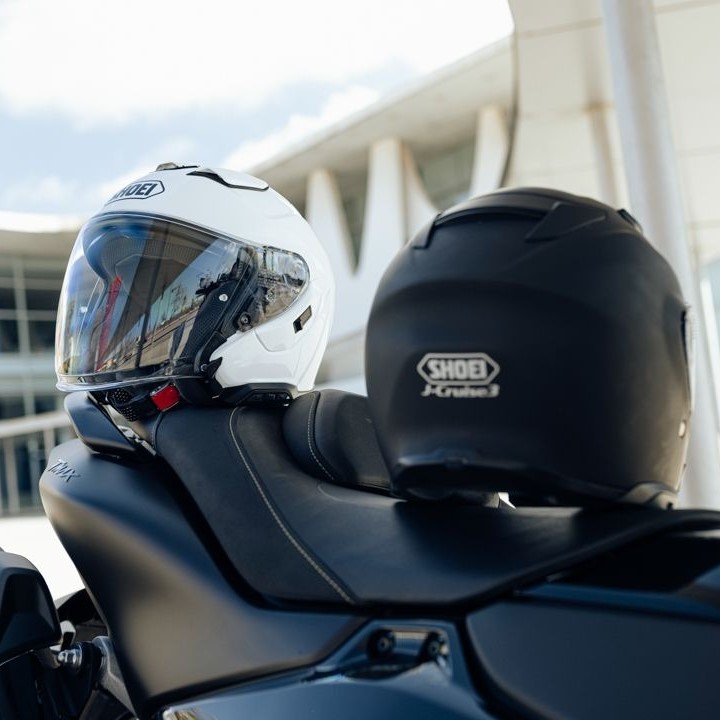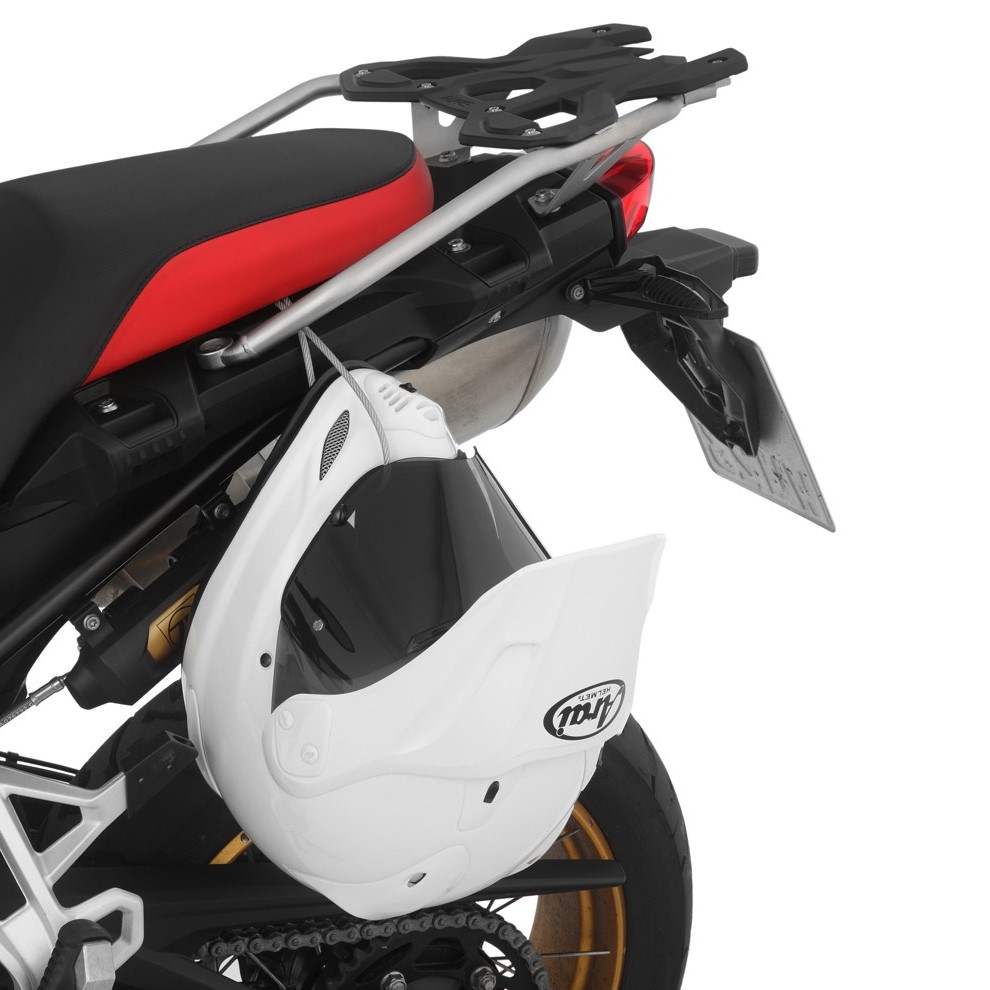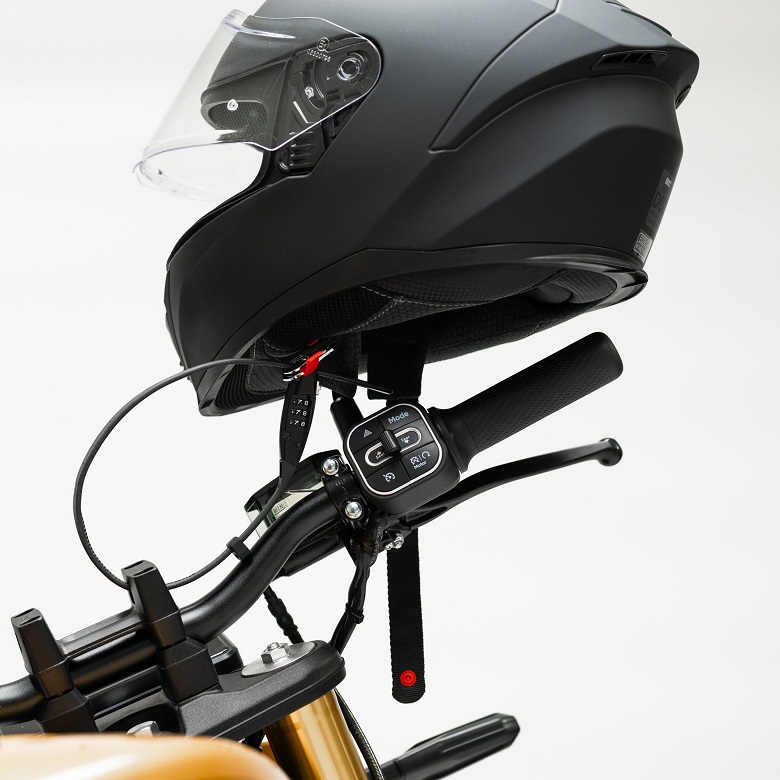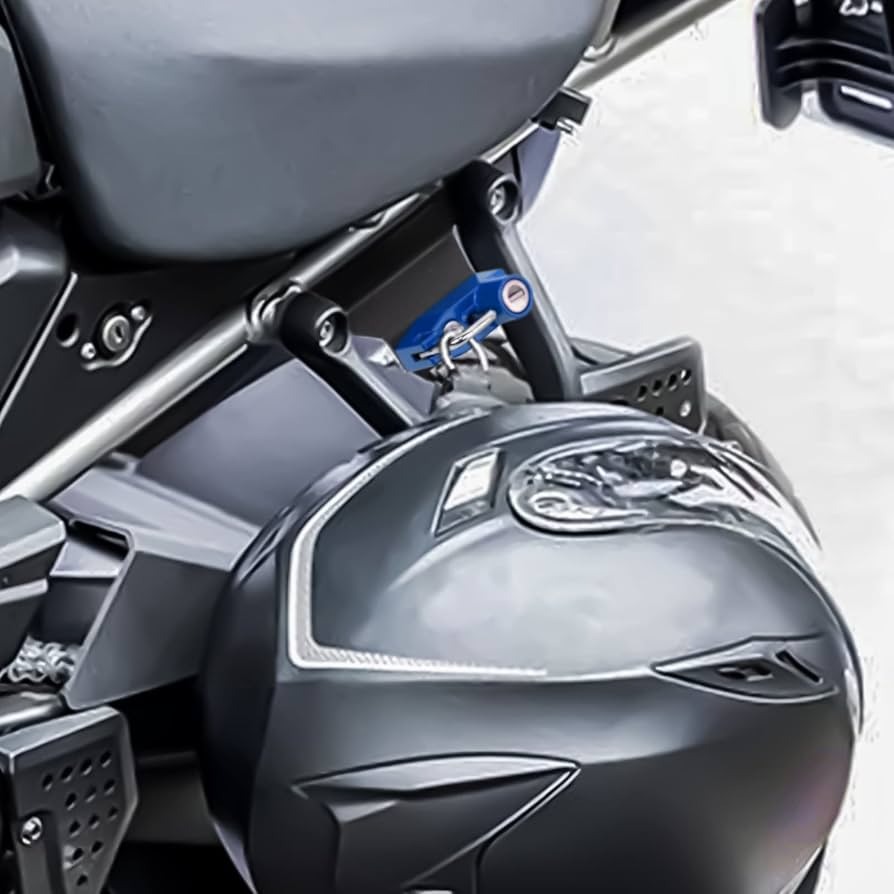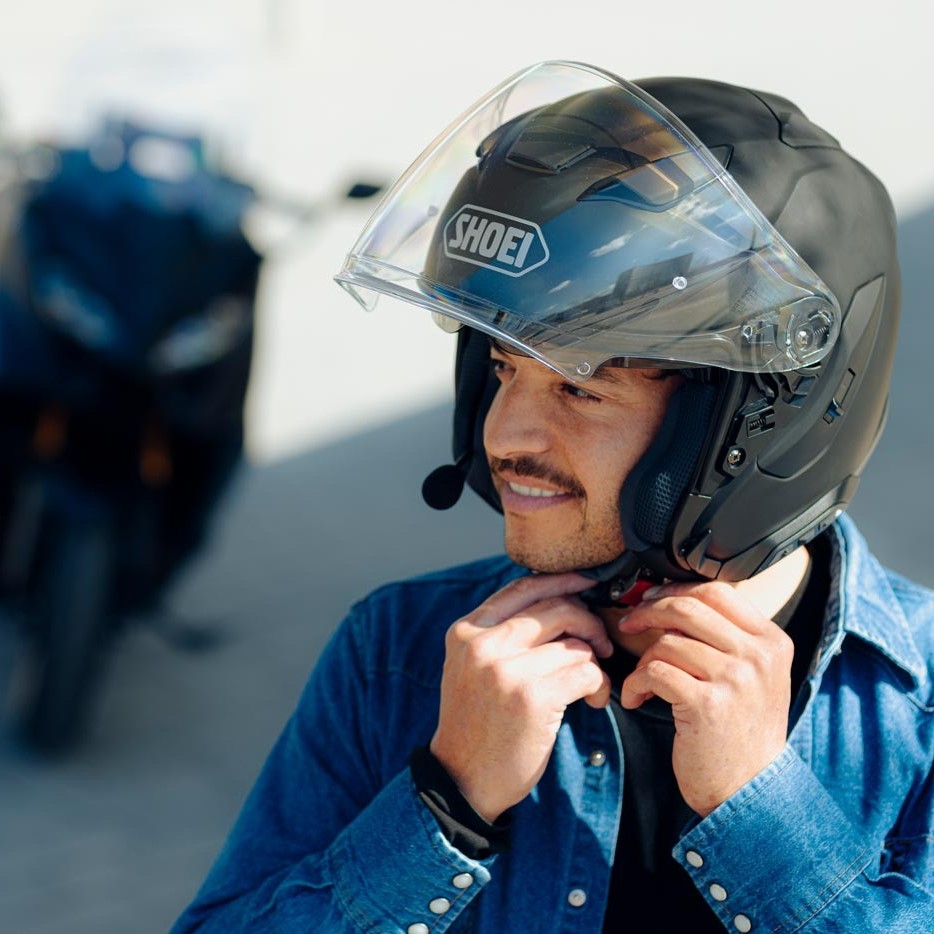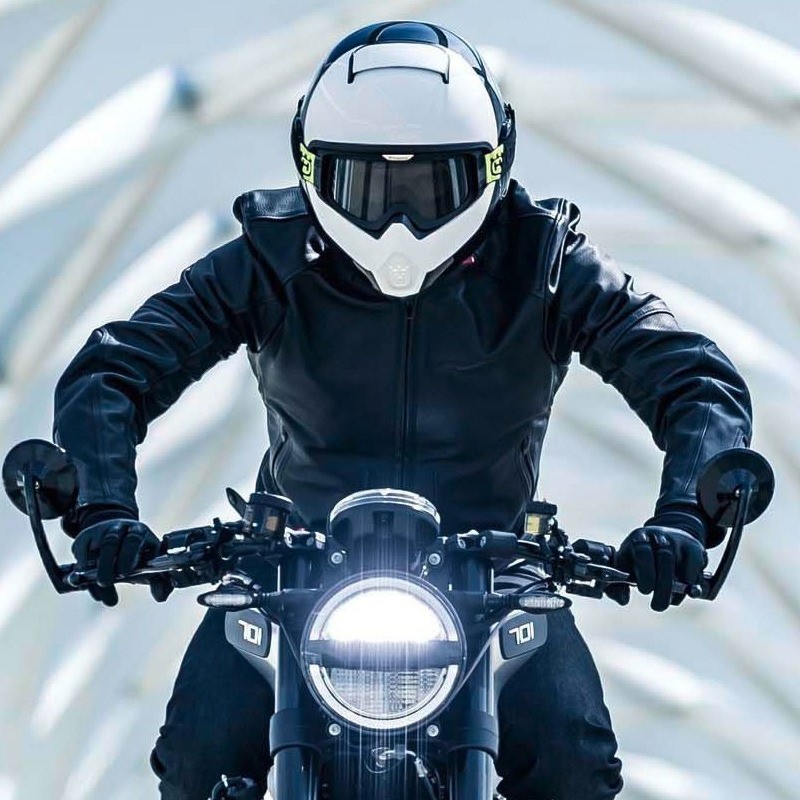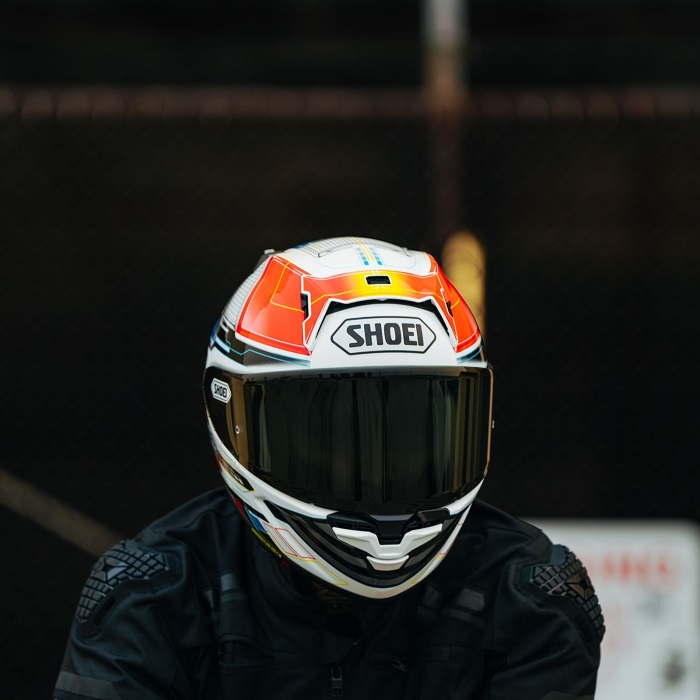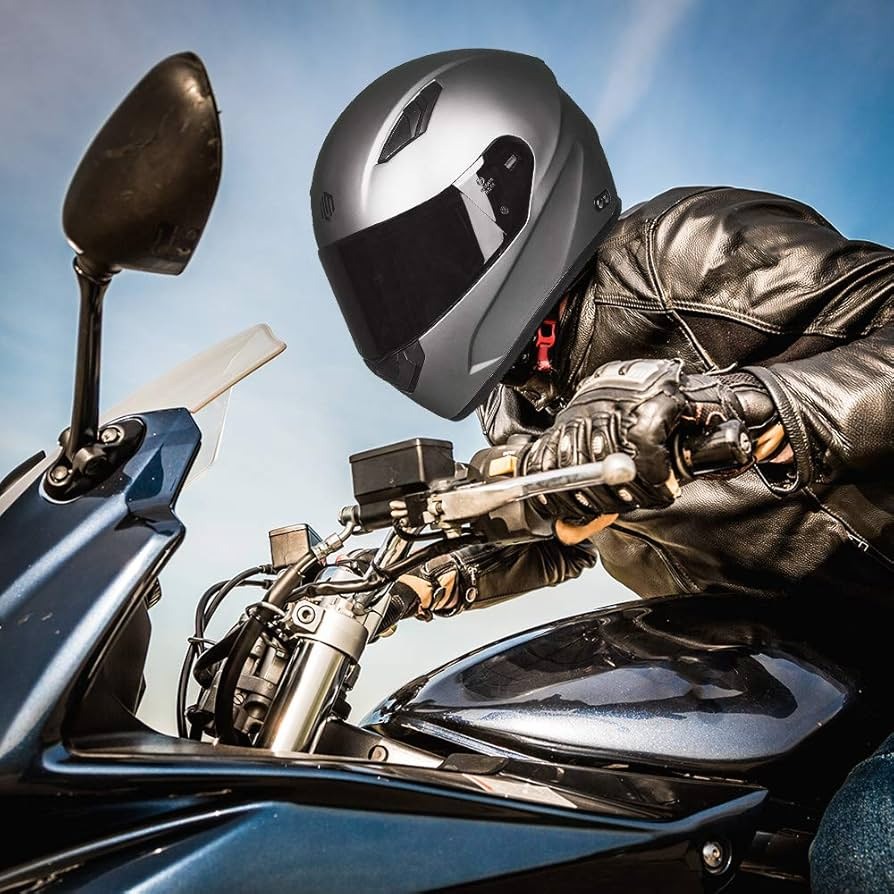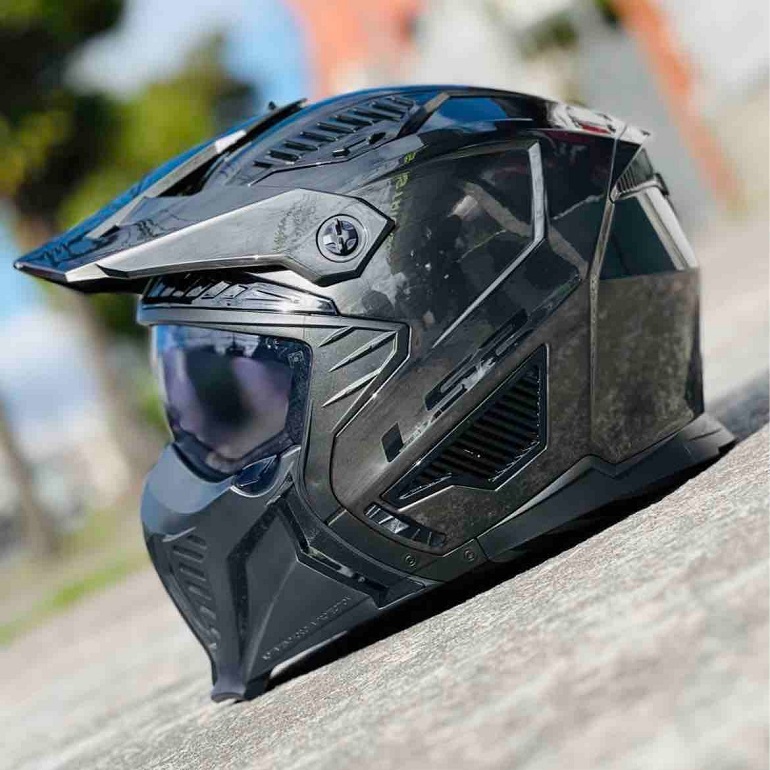Mar 17, 2025
What Kind of Motorcycle Helmet Should I Get? A 2025 Guide
The Importance of Helmet Quality and Safety Standards
When it comes to riding motorcycles, safety is paramount. A key part of that safety is the helmet you choose. High-quality helmets with appropriate safety standards can make a significant difference in protection. What kind of motorcycle helmet should i get? Below, we delve into why helmet quality and safety standards are non-negotiables for riders in 2025.
Helmet Quality is Non-Negotiable
The quality of a motorcycle helmet directly impacts its effectiveness in protecting your head during an accident. Premium materials and precision engineering contribute to the helmet’s overall durability and its ability to withstand impacts. A high-quality helmet ensures long-term reliability and comfort.
Recognizing Safety Standards
To ensure the highest level of protection, motorcycle helmets must meet specific safety standards. These standards are guidelines that assess the helmet’s performance during impacts, resistance to penetration, and effectiveness of the retention system. Common standards include DOT, ECE, and Snell, each with its own rigorous testing to certify that helmets can protect riders as intended.
The Dynamic Evolution of Helmet Safety Standards
As technology advances, so do safety standards. By 2025, we can expect even more rigorous testing and updated criteria for motorcycle helmets. This progressive improvement is a response to new materials, design innovation, and increasing demands for better safety on the roads.
By choosing a motorcycle helmet that adheres to recognized safety standards, you are investing in your well-being. Remember, when you’re pondering ‘what kind of motorcycle helmet should I get,’ always prioritize quality and proper certification.
Types of Motorcycle Helmets and Their Unique Features
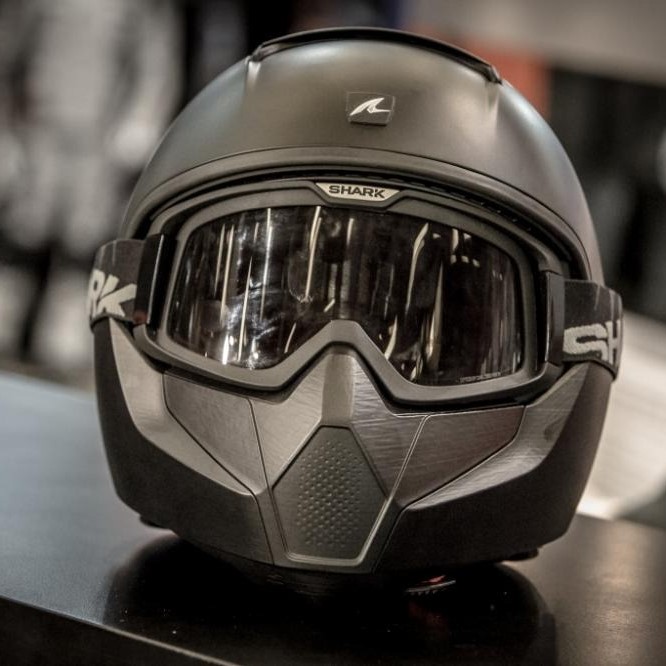
When you’re deciding ‘what kind of motorcycle helmet should I get,’ you must understand the different types available. Each type comes with unique features tailored to various riding styles and needs. Let’s delve into the most common types of motorcycle helmets and their distinct characteristics.
Full-Face Helmets
Full-face helmets offer the most coverage around your head and neck. These are the safest type of helmet you can choose. They come with a chin bar and visor which provide full protection to your face. Ideal for high-speed rides and those seeking maximum safety.
Modular Helmets
Also known as flip-up helmets, modular designs blend the benefits of full-face and open-face helmets. They have a chin bar that can flip up, offering flexibility in how you wear it. Good for riders who like the convenience of talking without removing the helmet.
Open-Face Helmets
Open-face, or ‘three-quarter’, helmets cover the top and back of your head but not the face. They offer more freedom and visibility. However, they provide less protection than full-face or modular helmets. They’re popular with urban riders and those riding at lower speeds.
Half Helmets
Half helmets provide the minimum coverage allowed by law, covering only the top part of the head. They offer the least protection but the greatest sensation of freedom while riding. Best for those who are confident riders in safe and low traffic environments.
Off-Road Helmets
Designed for adventure and off-road riders, these helmets have an elongated chin and visor. They lack a face shield but are designed to be worn with goggles. They offer good ventilation and are lightweight, making them suitable for demanding physical riding.
Dual-Sport Helmets
They are a hybrid between full-face and off-road helmets. Dual-sport helmets have a face shield and are versatile for both city riding and off-roading. They offer comfort and protection regardless of the terrain.
In conclusion, when it comes to choosing a motorcycle helmet, consider your riding style, the level of protection you need, and comfort. Remember, a good helmet could save your life, so select wisely and always look for helmets that meet safety standards.
Evaluating the Best Materials for Motorcycle Helmets
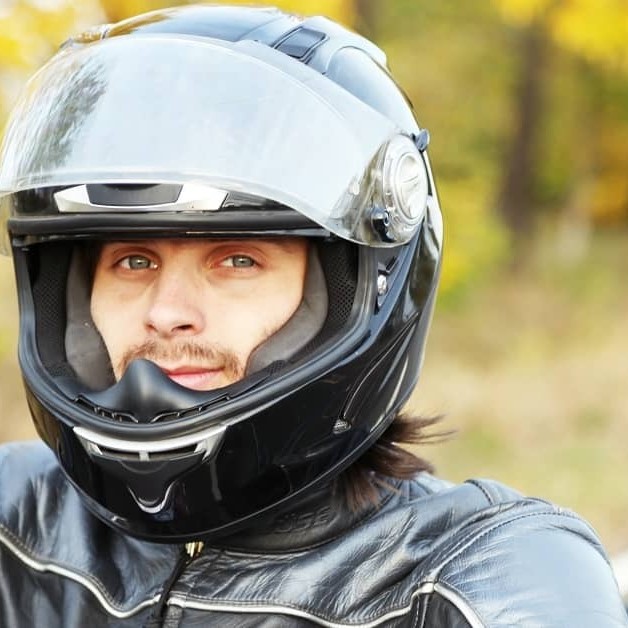
When seeking the answer to ‘what kind of motorcycle helmet should I get,’ materials are key. Let’s explore the top materials for helmets in 2025 that ensure safety and comfort.
Polycarbonate Shells
Polycarbonate is a popular helmet material. It’s affordable and can absorb energy well. Its impact resistance makes it a common choice for riders.
Carbon Fiber
Carbon fiber stands out for being lightweight and strong. It offers high protection without adding much weight to the head. It’s ideal for those who ride often and for long distances.
Fiberglass Composite
Fiberglass composite helmets balance flexibility and durability. They can disperse energy upon impact, reducing force on the skull. A smart option for everyday protection.
Multi-Composite Materials
The latest helmets combine several materials. These multi-composites offer superior strength and lightness. They are perfect for riders seeking the latest in helmet technology.
Expanded Polystyrene (EPS) Liner
The EPS liner inside the helmet is crucial for shock absorption. It cushions your head during impacts. Always check the EPS quality when choosing a helmet.
In conclusion, the materials of your motorcycle helmet impact its effectiveness greatly. Always opt for those with a proven track record in protection and comfort. Keep these materials in mind as part of your decision-making process.
Understanding Helmet Sizes and How to Measure Your Head
Knowing the correct helmet size is crucial for safety and comfort. To find what kind of motorcycle helmet you should get, you’ll need to start with accurate head measurement. Follow these simple steps to ensure a good fit:
Measure Your Head
First, grab a flexible measuring tape. Wrap it around your head, about an inch above your eyebrows and ears. This will measure the largest part of your head. Note the measurement in centimeters as helmet sizes often use this metric.
Check the Size Chart
Once you have your head circumference, compare it with the helmet manufacturer’s size chart. Each brand may vary slightly, so always check their specific chart.
Try It On
If possible, try on the helmet. It should sit snugly on your head. If it moves while you shake your head, it’s too big. If it’s tight and causes discomfort, it’s too small.
Wear it for a While
Wear the helmet for a few minutes to ensure that there are no pressure points that could cause headaches while riding.
Look for Adjustable Features
Some helmets have adjustable interior padding. These can fine-tune the fit, particularly if you’re in between sizes.
Ensure the helmet fits well before you ride. A helmet that is too loose or too tight can compromise your safety and comfort on the road.
The Role of Helmet Technologies and Innovations in 2025
As we look ahead to 2025, helmet technology and innovation play crucial roles in rider safety. Advancements in this field are providing new ways to protect motorcyclists better. With the question, ‘what kind of motorcycle helmet should I get,’ riders now consider tech features just as they do materials and design.
Smart Helmets Emerge
Helmets are getting smarter. Features such as built-in GPS, Bluetooth connectivity, and even heads-up displays are becoming common. GPS can help with navigation without taking your eyes off the road. Bluetooth allows for seamless communication with other riders and your devices. Heads-up displays can project vital information in your field of vision, keeping you informed without distraction.
Enhanced Impact Technology
Impact technology is evolving. Helmets now often include systems designed to reduce rotational forces during a crash. This can help prevent serious brain injuries. Manufacturers are increasingly adopting these safety systems.
Improved Ventilation Systems
Comfort is important for concentration and safety. New helmets offer advanced ventilation systems to keep riders cool. This is especially useful on long rides or in warm climates.
Adaptive Visor Systems
Visors can now adjust to lighting conditions automatically. They darken under bright sunlight and clear up when it’s darker. This enhances visibility and safety.
Integrated Safety Lights
Helmets now sometimes have built-in lights. These improve visibility to others, especially in poor light or bad weather. Some helmets sync these lights with your motorcycle’s brake lights for extra safety.
By 2025, these technologies will become even more refined. Riders asking themselves ‘what kind of motorcycle helmet should I get’ will now have even more factors to consider. These advancements will offer better protection, enhanced comfort, and increased connectivity. When choosing your next helmet, look for these innovations to ensure you are at the forefront of motorcycle safety and convenience.
Helmet Maintenance and Care Tips for Longevity
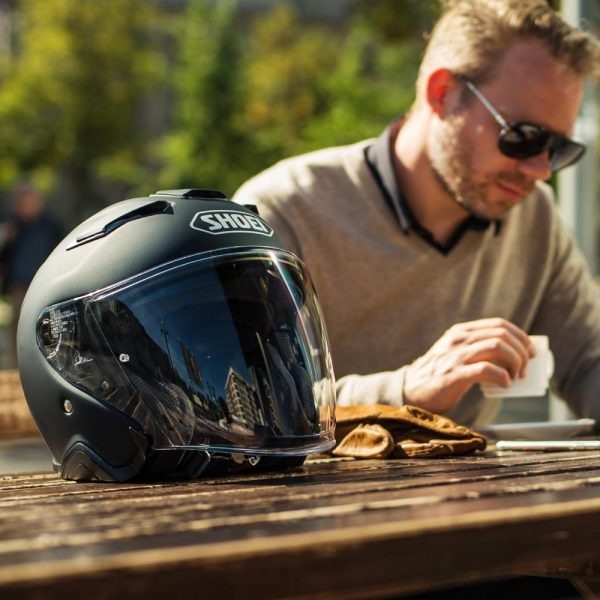
Taking care of your motorcycle helmet ensures its longevity and maintains safety performance. Proper maintenance is as crucial as choosing the right helmet. Here are some key tips to keep your helmet in the best condition.
Clean Your Helmet Regularly
Dirt and debris can affect a helmet’s function. Wipe the exterior with a soft cloth and mild soap. Clean the visor with a microfiber towel to avoid scratches. Ensure everything is dry before the next use.
Handle With Care
Treat your helmet gently. Avoid dropping it, which can damage the integrity of its structure. Store it in a safe place where it won’t fall or get crushed.
Check the Interior
The comfort padding inside can harbor sweat and bacteria. Remove and wash the lining if it’s removable. Follow the manufacturer’s instructions for best results.
Inspect for Damage
Regularly inspect your helmet for cracks or other damage. Even small defects can reduce protection. Replace a helmet immediately if it’s compromised.
Avoid Harsh Chemicals
Harsh chemicals can weaken helmet materials. Only use cleaners specifically recommended for helmets. This usually means staying away from petroleum-based solvents.
Replace After an Impact
If your helmet suffers an impact, get a new one, even if no damage is visible. Micro-fractures may not be visible but can compromise safety.
Keep it Updated
Helmet technology improves over time. Consider updating your helmet every few years to benefit from the latest safety features.
Maintaining your helmet is critical for your safety. A well-cared-for helmet will serve you well and keep you safer while riding. Remember, when contemplating ‘what kind of motorcycle helmet should I get,’ consider also how you’ll maintain and care for it to ensure lasting protection and durability.
The Cost vs. Safety Debate: Finding Value in Motorcycle Helmets
Price and safety often compete when riders choose a motorcycle helmet. Everyone wants a good deal, yet not at the expense of protection. As you ask yourself, ‘what kind of motorcycle helmet should I get,’ consider the balance between cost and safety. Let’s explore how to find value without compromising on crucial safety features.
Assessing Helmet Prices
Helmet prices vary widely. You can find affordable options, but do they offer enough safety? On the other hand, pricier helmets often provide advanced safety technology. Aim for a helmet that meets certified safety standards, no matter the cost. It’s an investment in your well-being. Remember, the cheapest helmet may not be safe enough, and the most expensive one isn’t always the best.
Safety Certification Is Key
Regardless of price, your helmet must have proper safety certification. Look for DOT, ECE, or Snell ratings that ensure it passed impact tests. This certification is a must. A certified helmet, even a less costly one, can save your life.
Do Not Compromise on Crucial Features
While on a budget, prioritize essential features. Good ventilation, proper fit, and durable materials are non-negotiable. These directly impact your safety. Extras like Bluetooth may be nice, but they’re not vital. Safety comes first.
The Middle Ground – Best Value Helmets
Mid-range helmets can offer the best of both worlds. They often provide a solid level of safety without the premium price tag. These helmets might use less expensive materials but still adhere to safety standards. They’re a great option for regular riders.
Cost of Not Investing in Quality
Saving money on a helmet can have severe consequences. Poor quality helmets might not withstand an impact, leading to serious injuries. Always choose a helmet that offers the best protection you can afford.
In conclusion, when deciding ‘what kind of motorcycle helmet should I get,’ balance cost and safety. Choose a certified, well-constructed helmet that suits your budget. Remember, your life is priceless, so invest in a helmet that protects it well.
Top Motorcycle Helmet Brands and Models to Consider in 2025
Selecting the right helmet involves knowing the top brands and models. In 2025, certain brands stand out for their commitment to safety, comfort, and innovation. Let’s explore which ones are worth considering.
Best Brands for Safety and Innovation
When pondering ‘what kind of motorcycle helmet should I get,’ consider brands leading safety innovation. Brands like Shoei and Arai have high standards for impact protection. Their helmets often exceed safety certifications. Bell is another trusted name, offering helmets with good safety features at various price points. For tech lovers, Sena is notable for integrating communication systems in their helmets.
Models Offering Superior Comfort and Durability
Comfort is key for long rides. Brands like HJC and Scorpion provide helmets designed for all-day wear. Models from these brands have plush linings and effective ventilation. AGV helmets are also known for their durability and Italian design flair. Their models blend style and substance.
Off-Road and Adventure Riding Choices
Riders hitting the trails should look at brands like Klim and Fox. They offer helmets specifically for off-road environments. These helmets balance weight, ventilation, and protection. For dual-sport helmets, consider the versatility of models from Shoei and Arai. They make helmets that are as comfortable in the city as on a dirt path.
The Rising Stars in Motorcycle Helmets
New brands are emerging with innovative approaches. Brands like Ruroc and Veldt are gaining attention for their unique designs and features. They cater to riders looking for something different. Keep an eye on rising stars that might introduce groundbreaking models.
Smart Helmet Picks for High-Tech Riders
Tech enthusiasts should look at helmets with integrated technology. Brands like Skully and Crosshelmet are paving the way for smart helmets. Their models come with head-up displays, rear-view cameras, and other high-tech features.
In conclusion, when you’re deciding ‘what kind of motorcycle helmet should I get,’ consider these brands and models. They offer safety, comfort, and the latest in helmet technology. Remember to choose one that fits your style of riding and meets safety standards. Your helmet isn’t just a part of your gear; it’s a life-saving investment.
More Details
